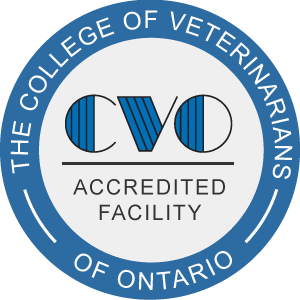Illustrated Articles
-
Senior dogs are in the stage of life where aging begins to affect every organ system. Some organs wear out faster or are more susceptible to cumulative damage than others, so certain observations are critical. While it is true that old age is not a disease, older dogs do merit special attention, including routine health exams twice yearly. This is important so that if your dog develops a disease, it can be recognized and treated as early as possible, thereby maintaining his quality of life for as long as possible.
-
Shaker syndrome is a condition involving generalized head and body tremors in dogs. The condition is often seen in small-breed, white dogs, although dogs of any size and color may be affected. The cause is unknown but thought to be autoimmune due to its response to treatment with steroids.
-
Children and Shelties often go well together. Both like to run around and make lots of noise. Don't be surprised, though, if you find your Sheltie attempting to herd your children into a tight little circle. When tapping into his heritage, the Sheltie does not distinguish between a herd of sheep and a herd of kids.
-
The dignified, independent Shiba Inu may seem more like a cat than a dog - particularly to those whom he does not know. However, those who are privileged to be part of the pack know that this ancient Japanese breed bonds strongly to his human family - and can be surprisingly fun-loving.
-
The Shih Tzu is among the world's most loving, attentive, affectionate, sweet, and mild-mannered breeds. Content to sit on your lap, in your handbag, or at your feet for hours, Shih Tzu want nothing in life other than to love and be loved by a favorite person.
-
It takes a will of iron to pull a sled for miles over frozen tundra, so Siberian Huskies can be a bit obstinate. However, they are also smart, fun-loving and always ready for a game.
-
The Silky is truly a terrier; thus, they can be scamps, scattering laundry about the house, staring down the pet guinea pig in its cage, barking a welcome or warning to all who walk down the street. Yet, they can be charming, fun and great companions.
-
A biopsy is one of the more common diagnostic procedures performed in dogs. Biopsies provide valuable insight into the type of cells in an abnormal area of skin or a skin growth and whether the growth poses a more serious health threat to your pet. Either the entire mass or a small representative section of skin is removed and submitted to a veterinary pathologist, who will perform a histopathology analysis. The pathologist will attempt to determine the nature of the lesion, identify the type of cells and their relationship to each other, as well as any evidence of malignancy.
-
Still the strong diggers with good hearing and good sense they were originally bred to be, Skye Terriers think for themselves and do their jobs without instruction. Crackerjack vermin hunters, personal guardians, and devoted companions, Skyes take life seriously and won't give up or give in when they think it's important.
-
The Smooth Fox Terrier loves to play, and he's always up for a good game of fetch (although he might not bring the ball back), tug-of-war (he doesn't like to lose), or just lots of running around, hiking, exploring, sniffing, and barking.


